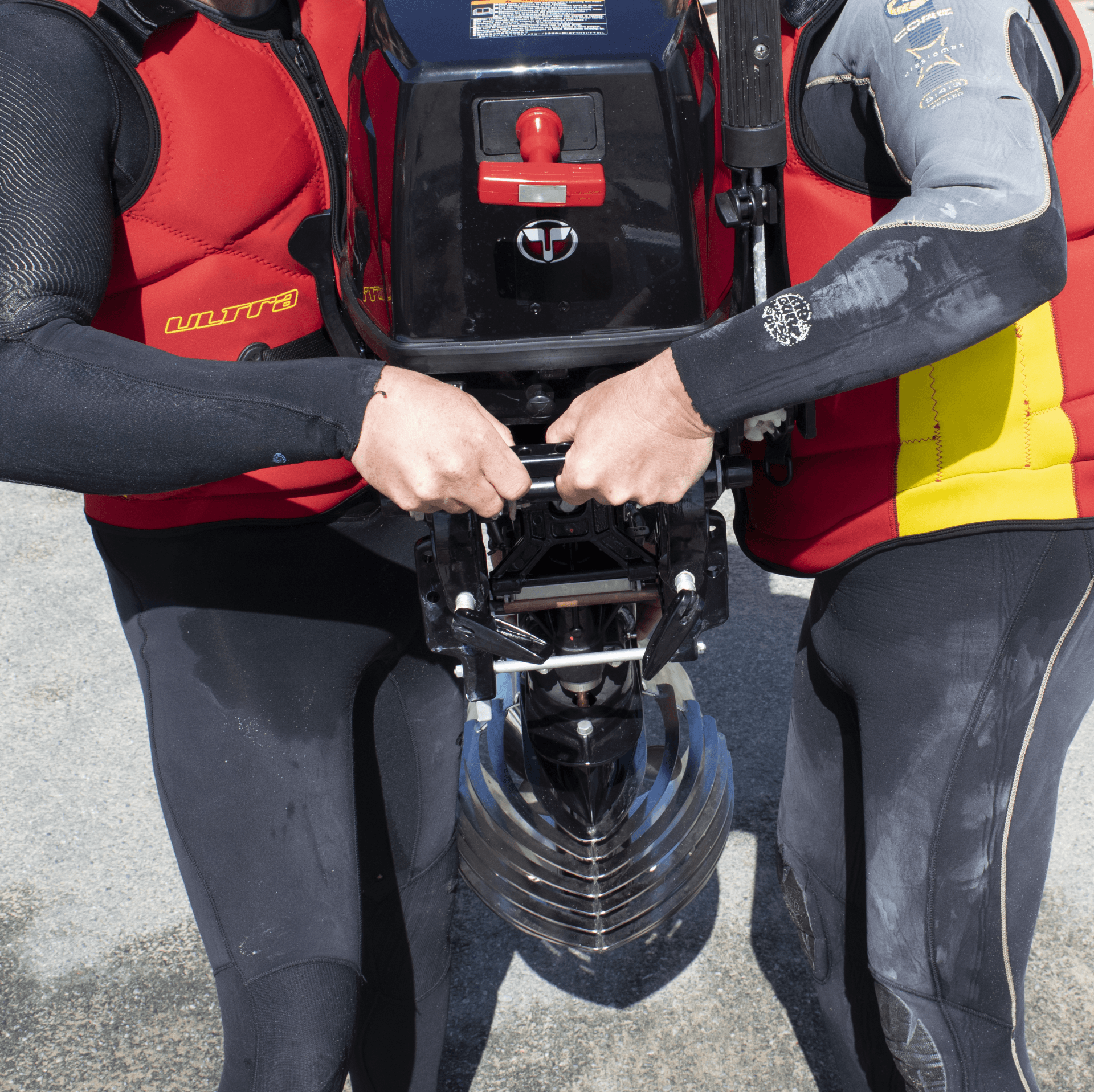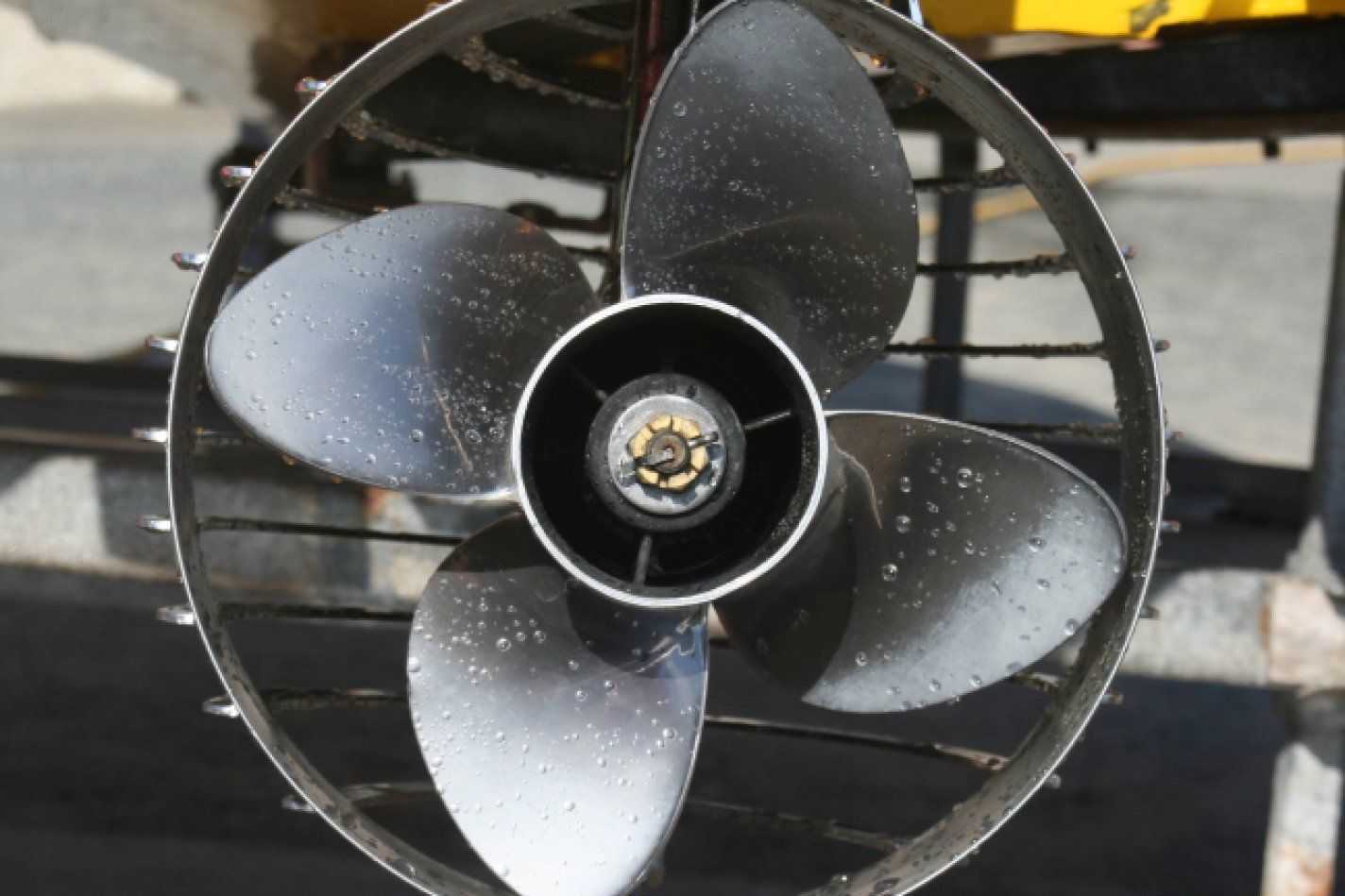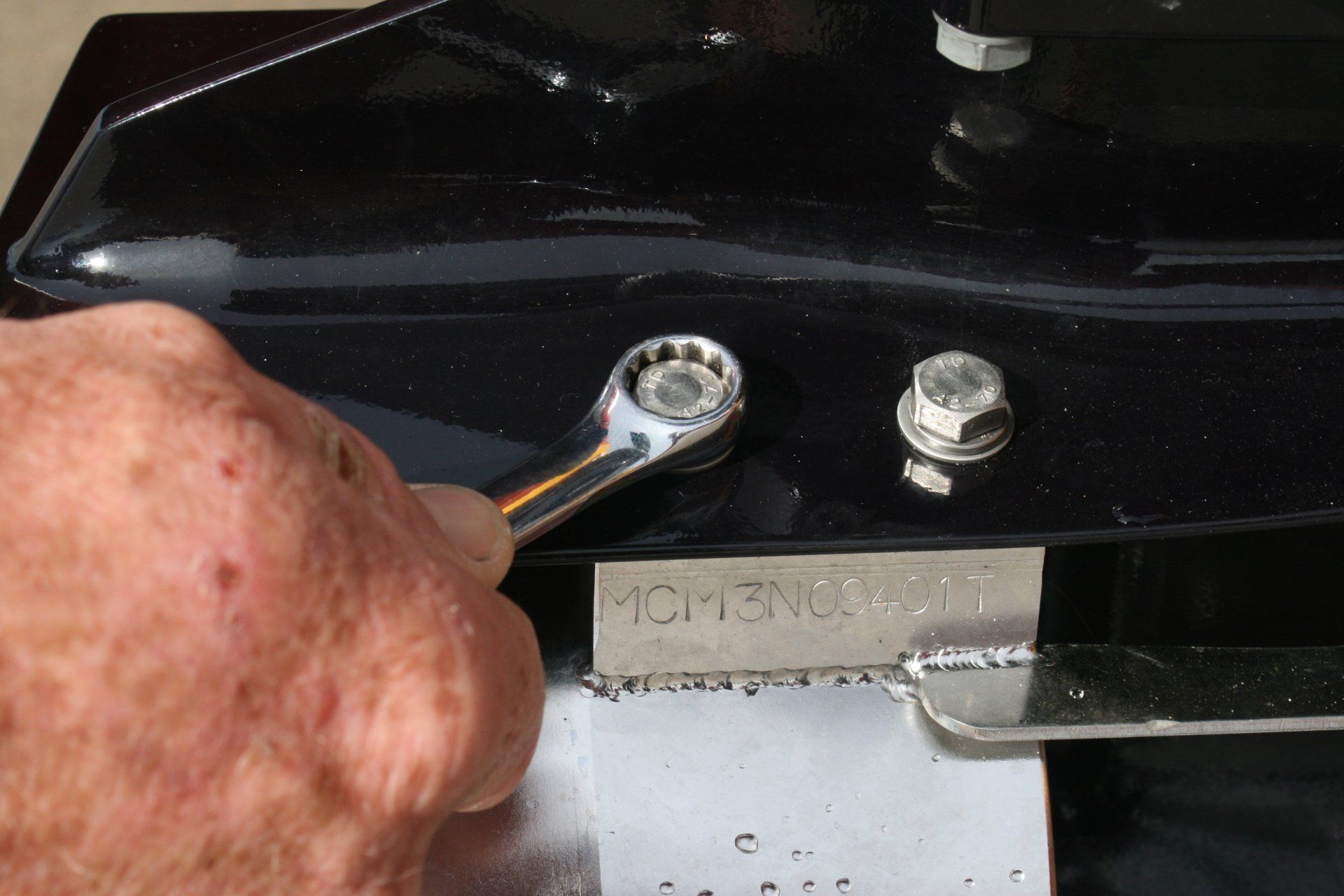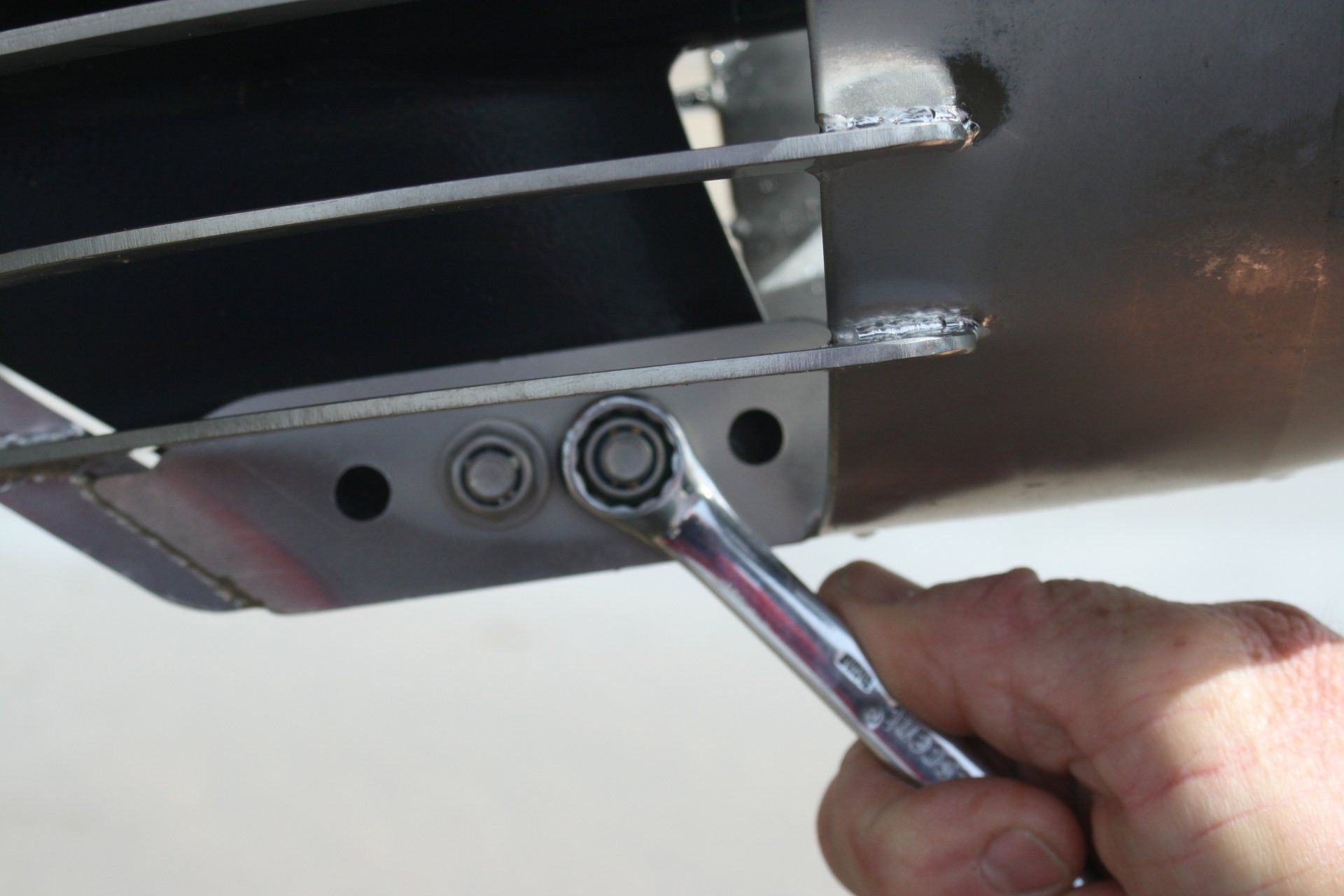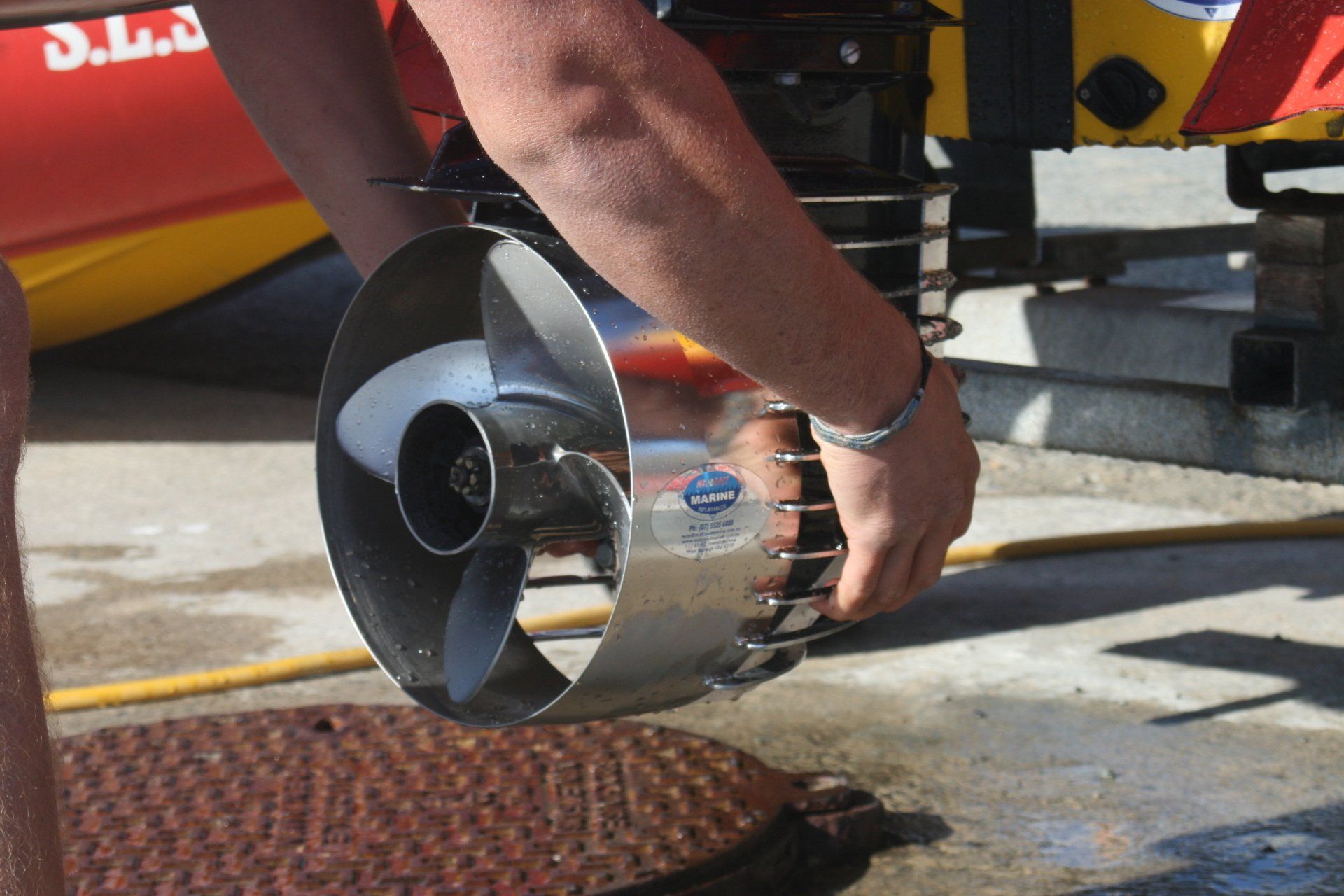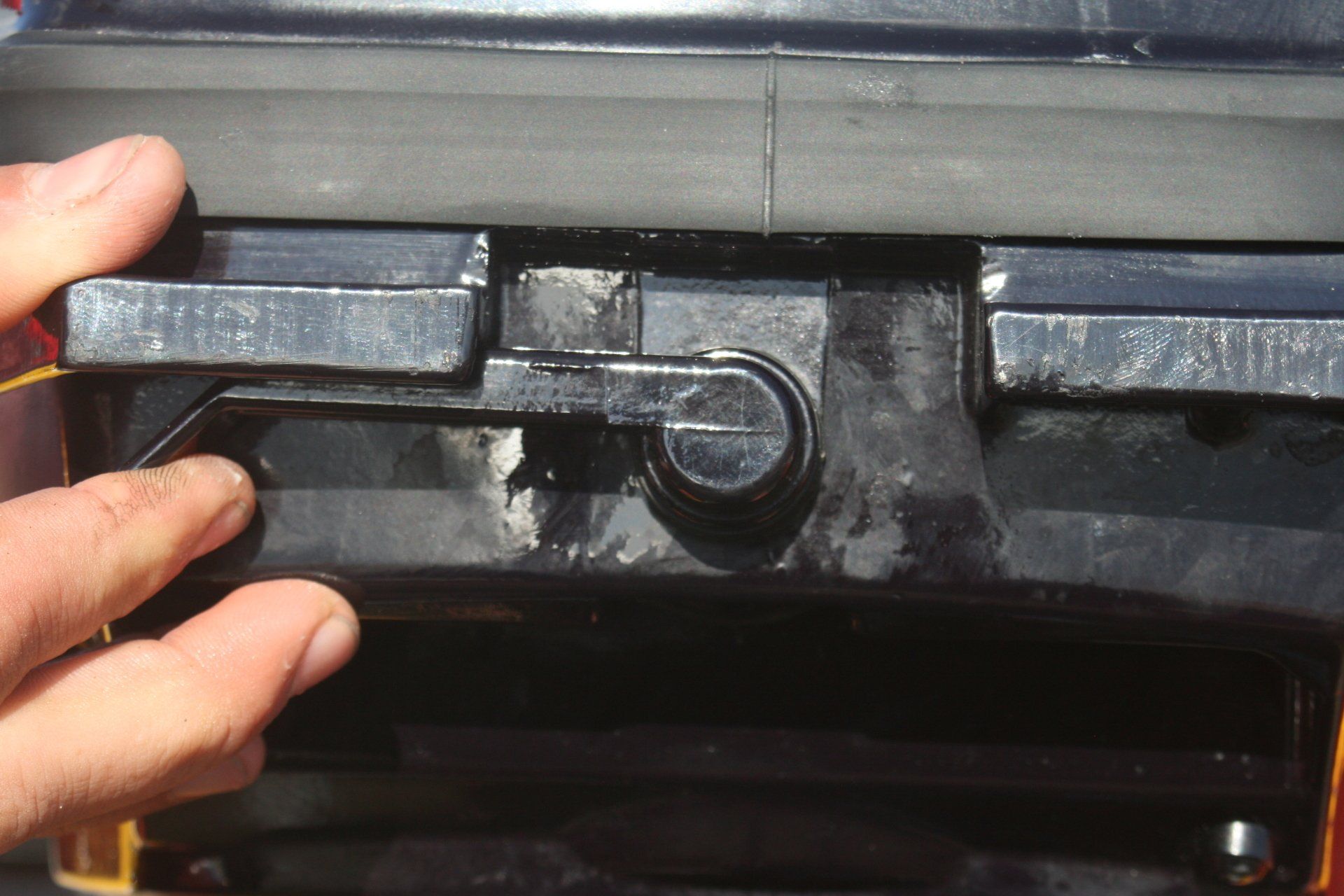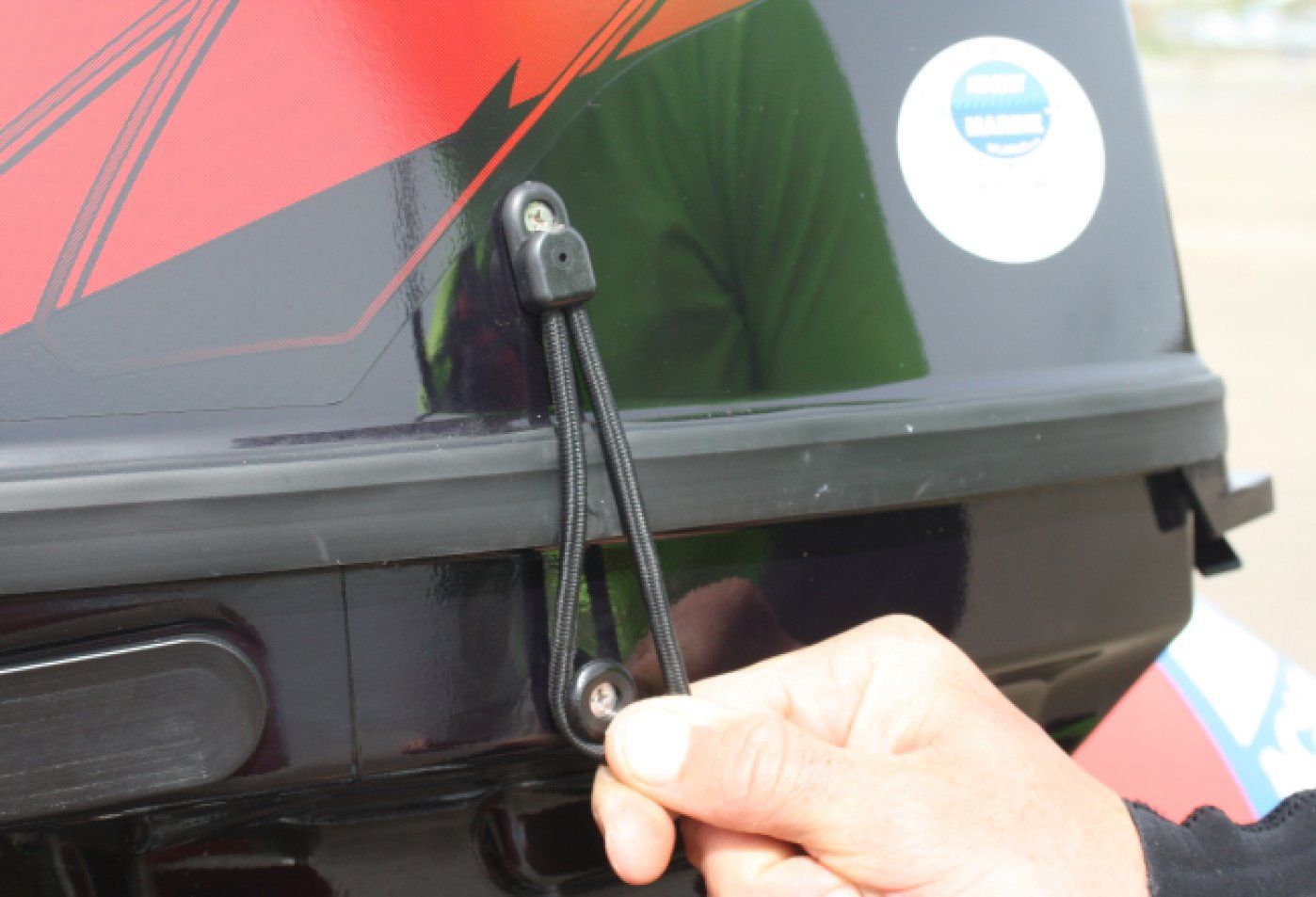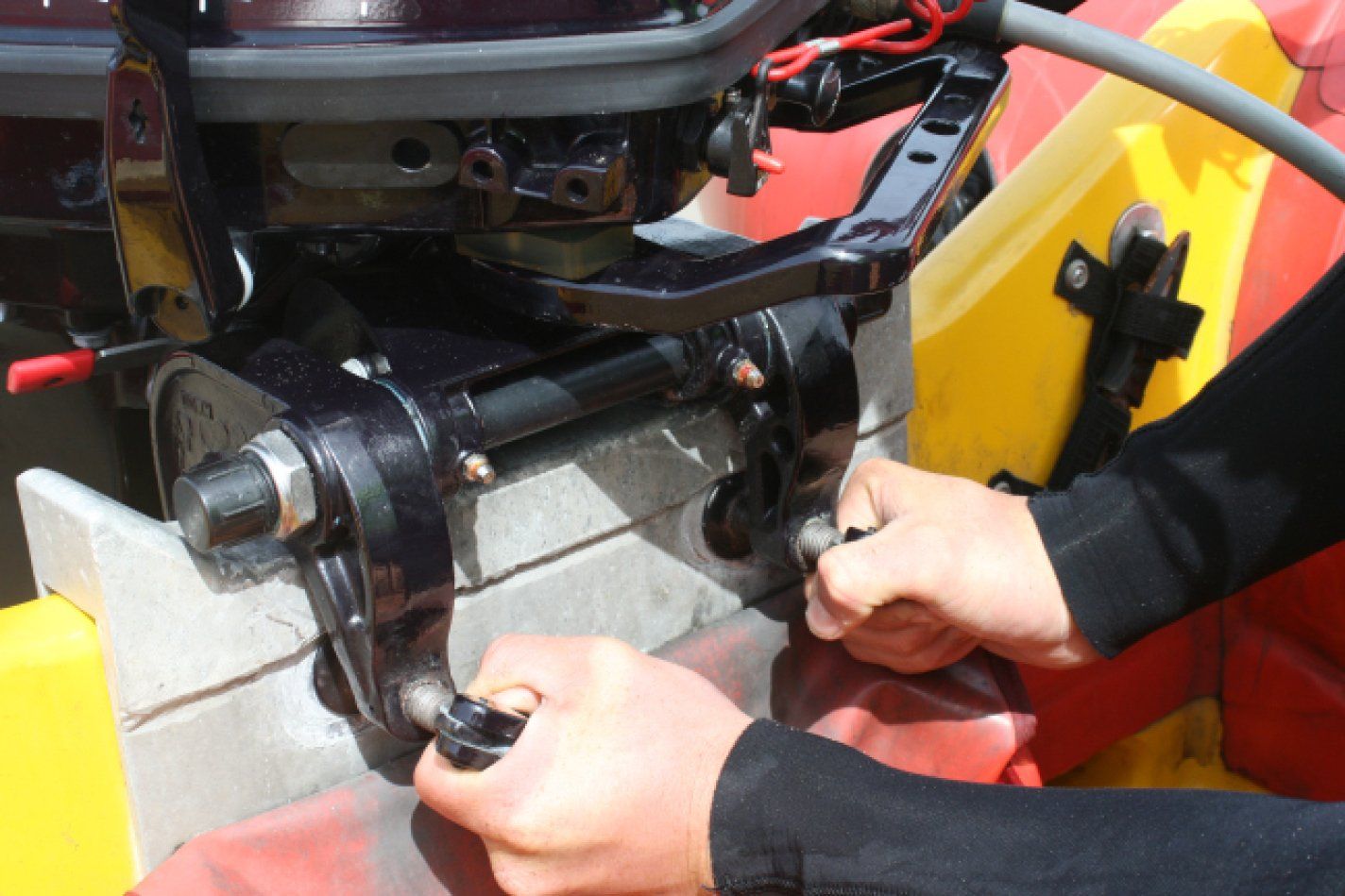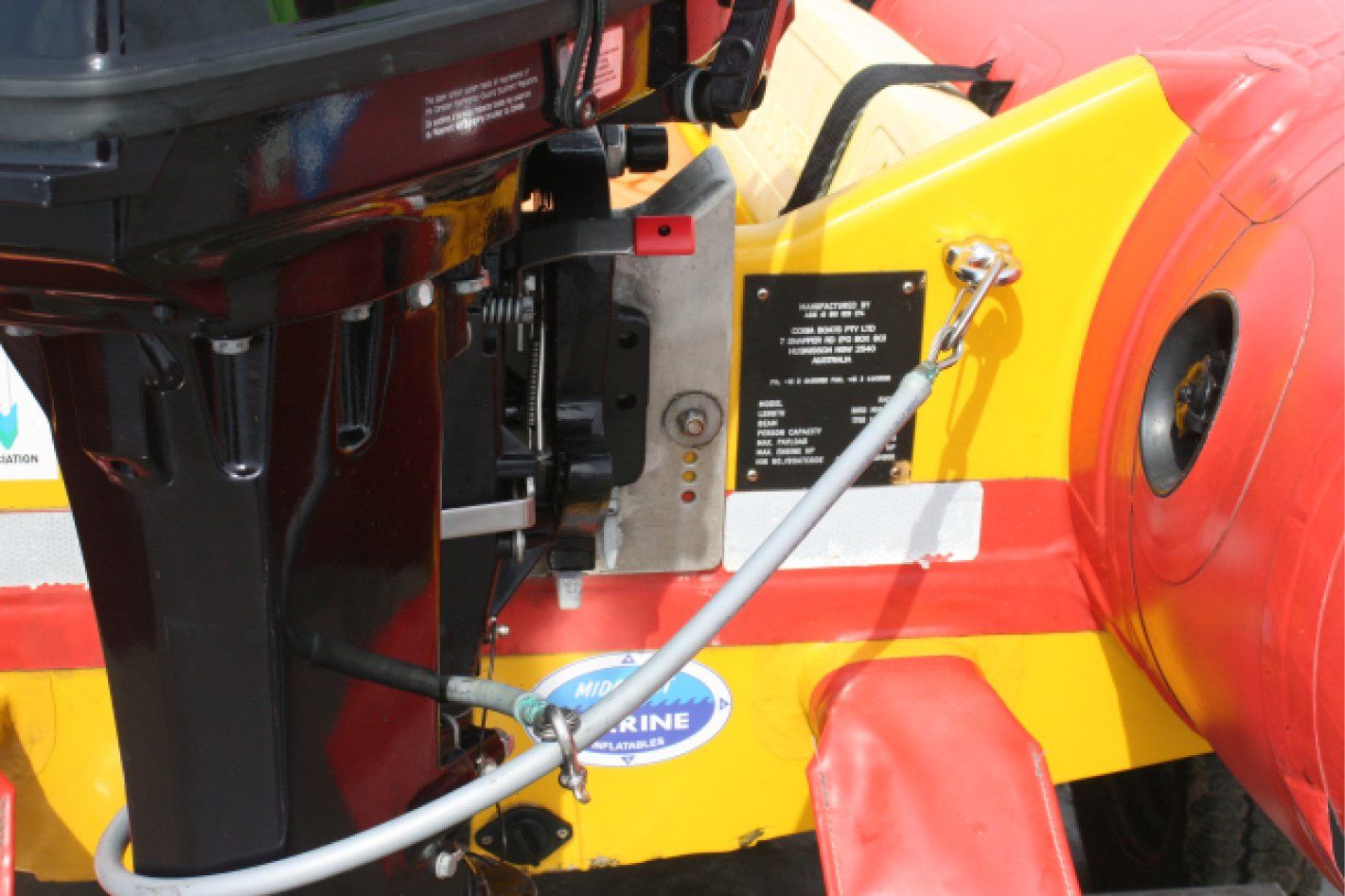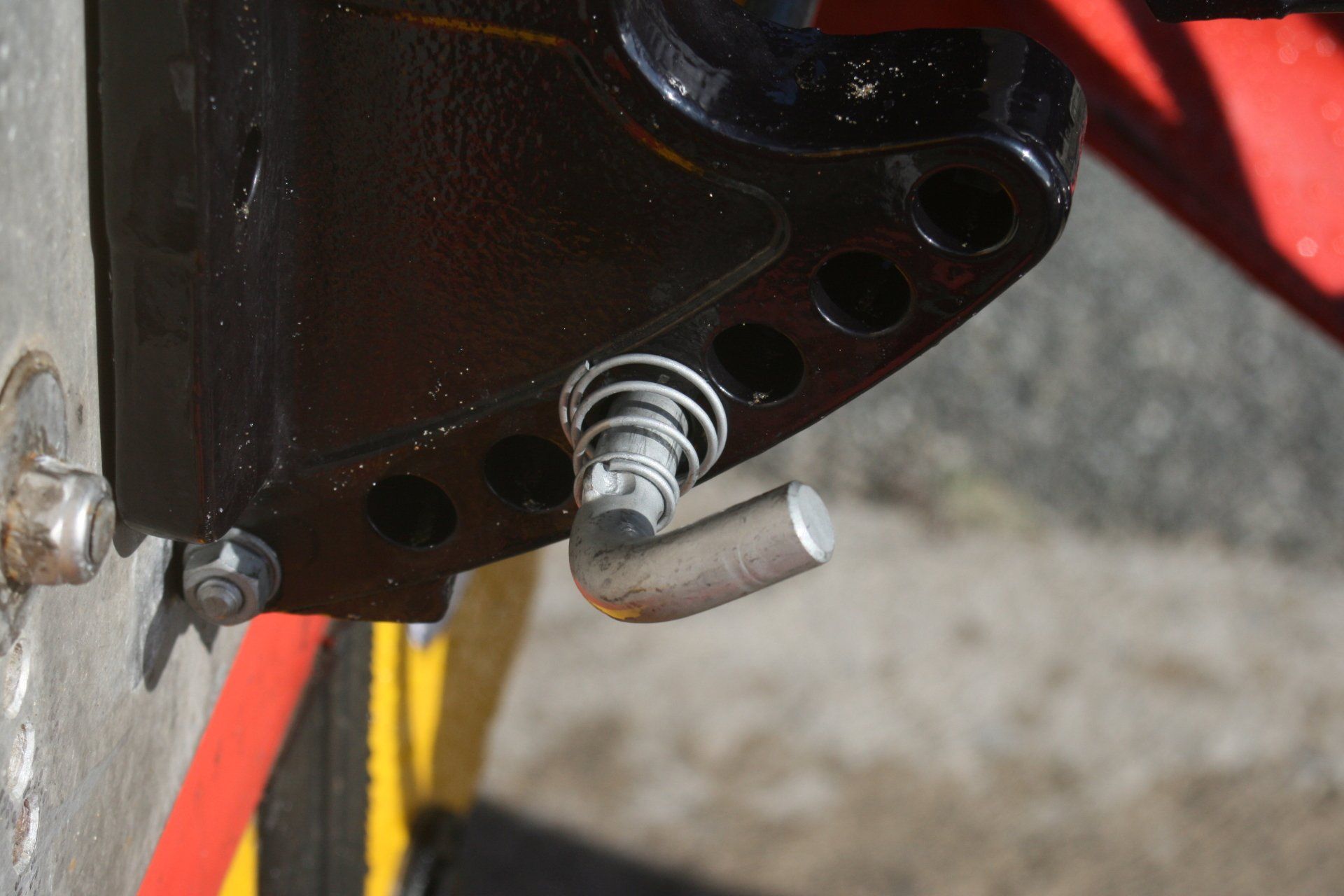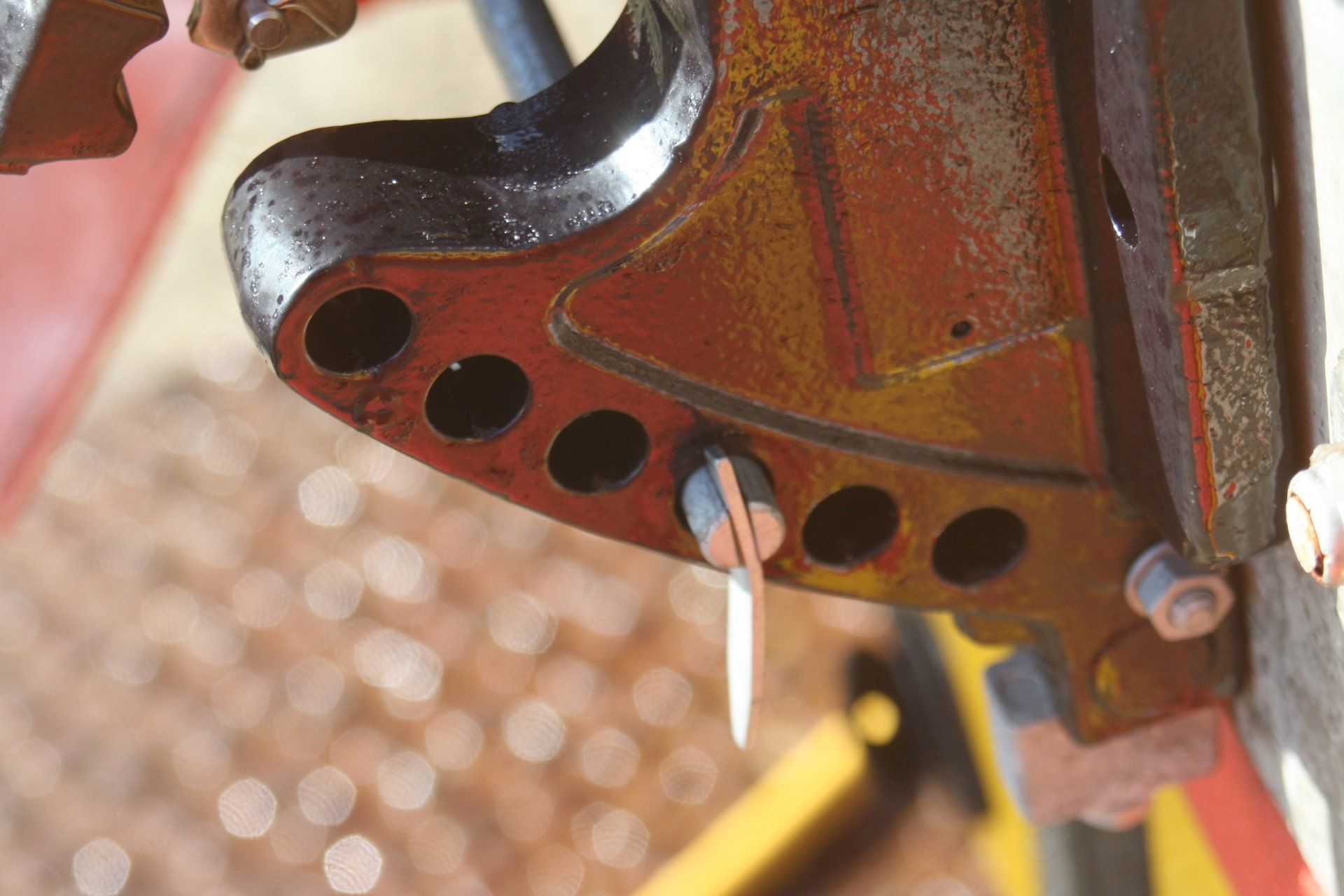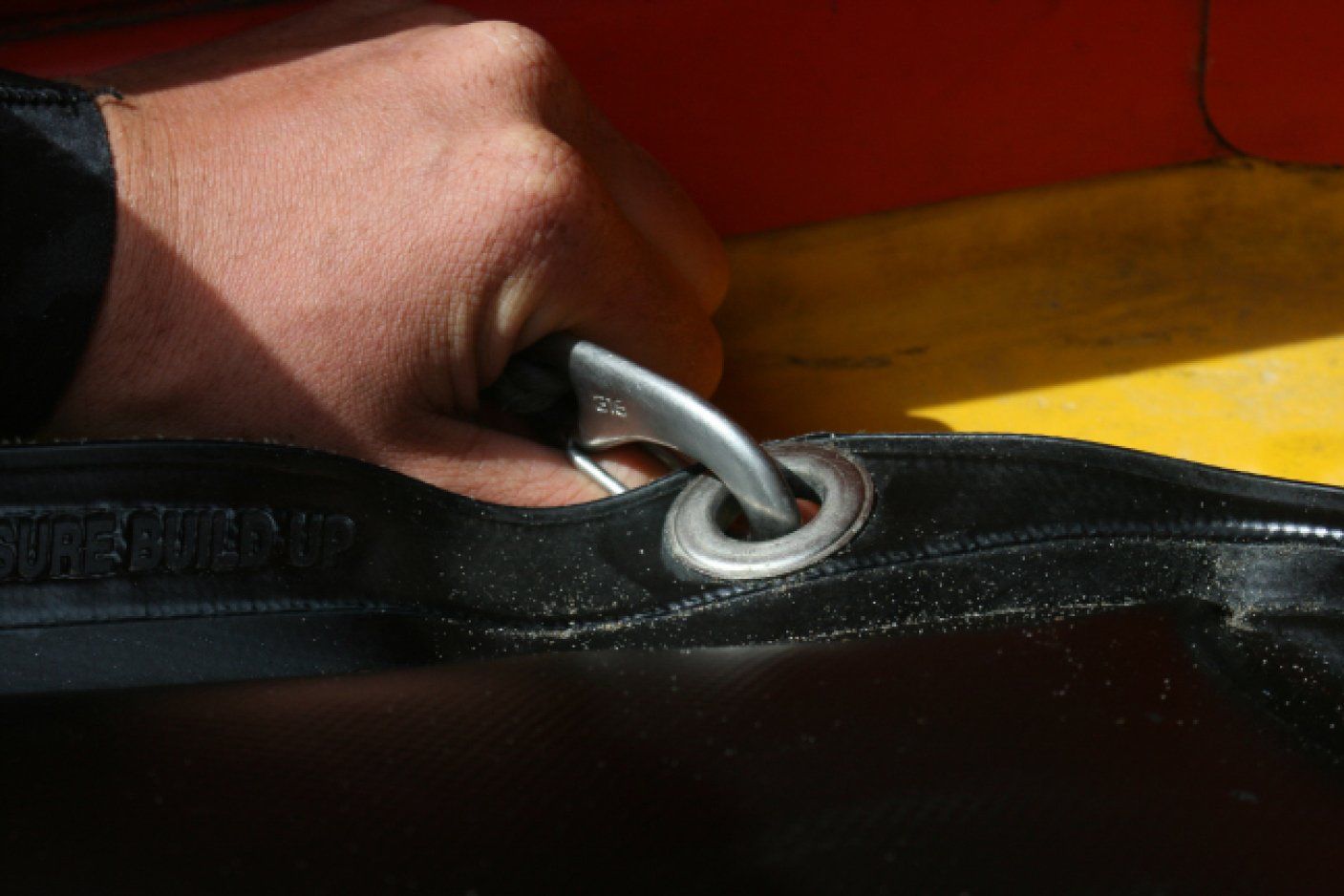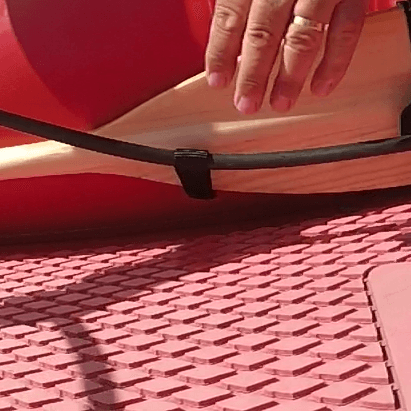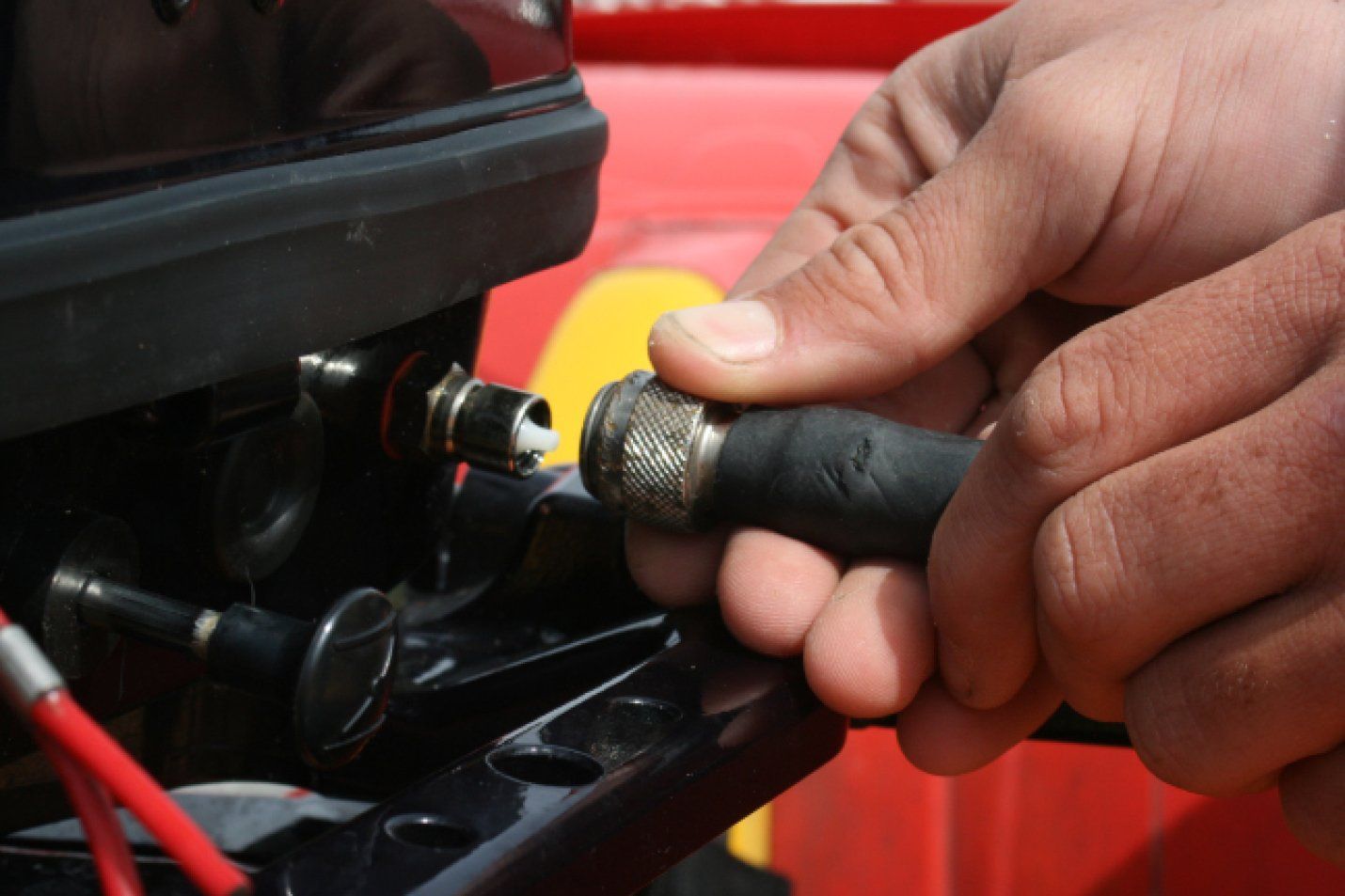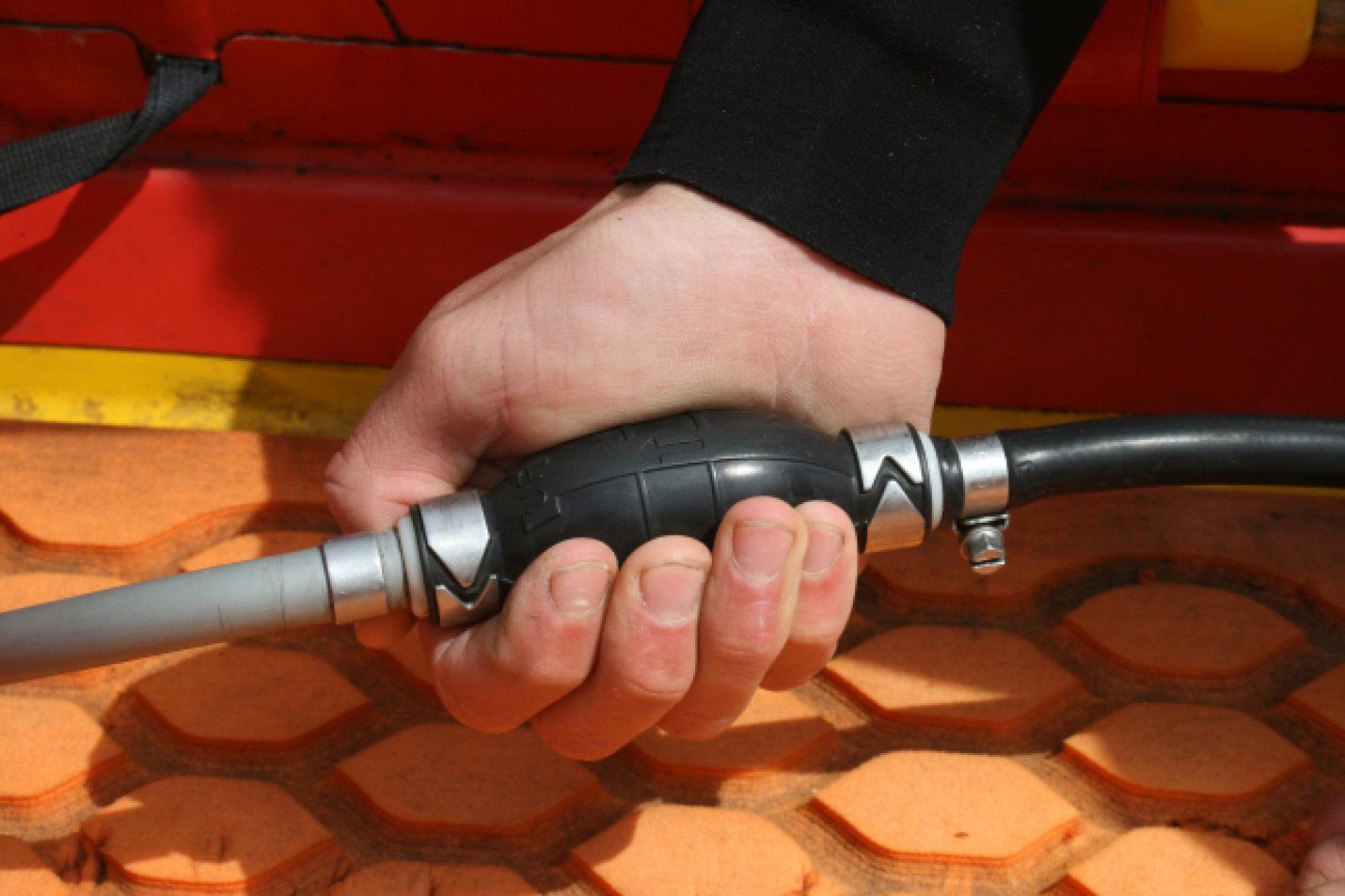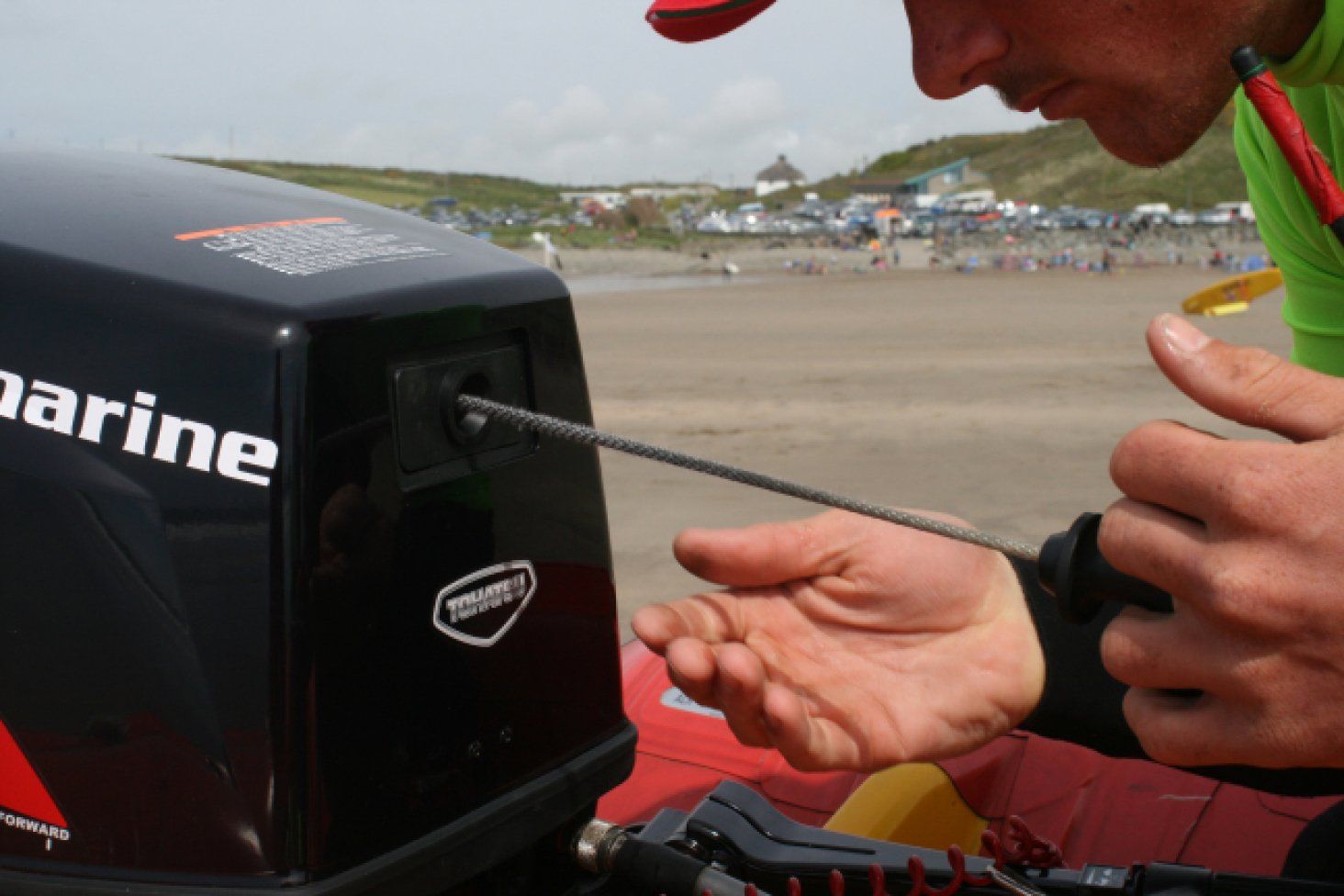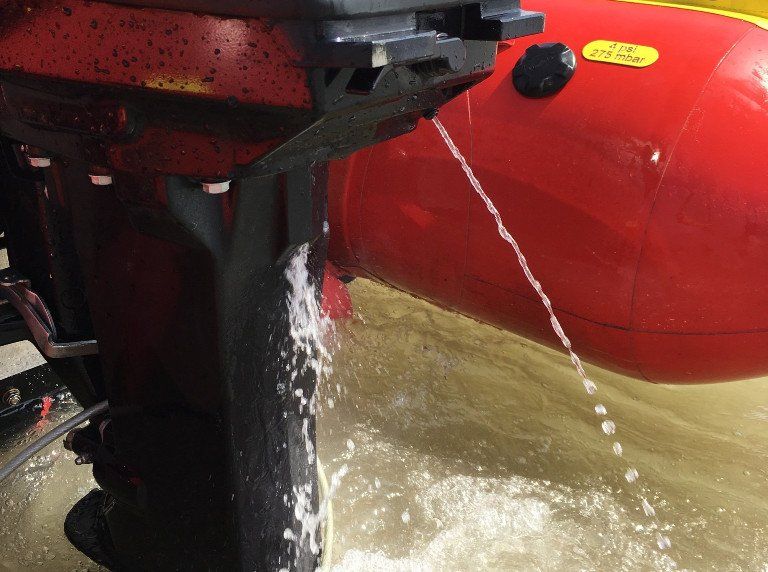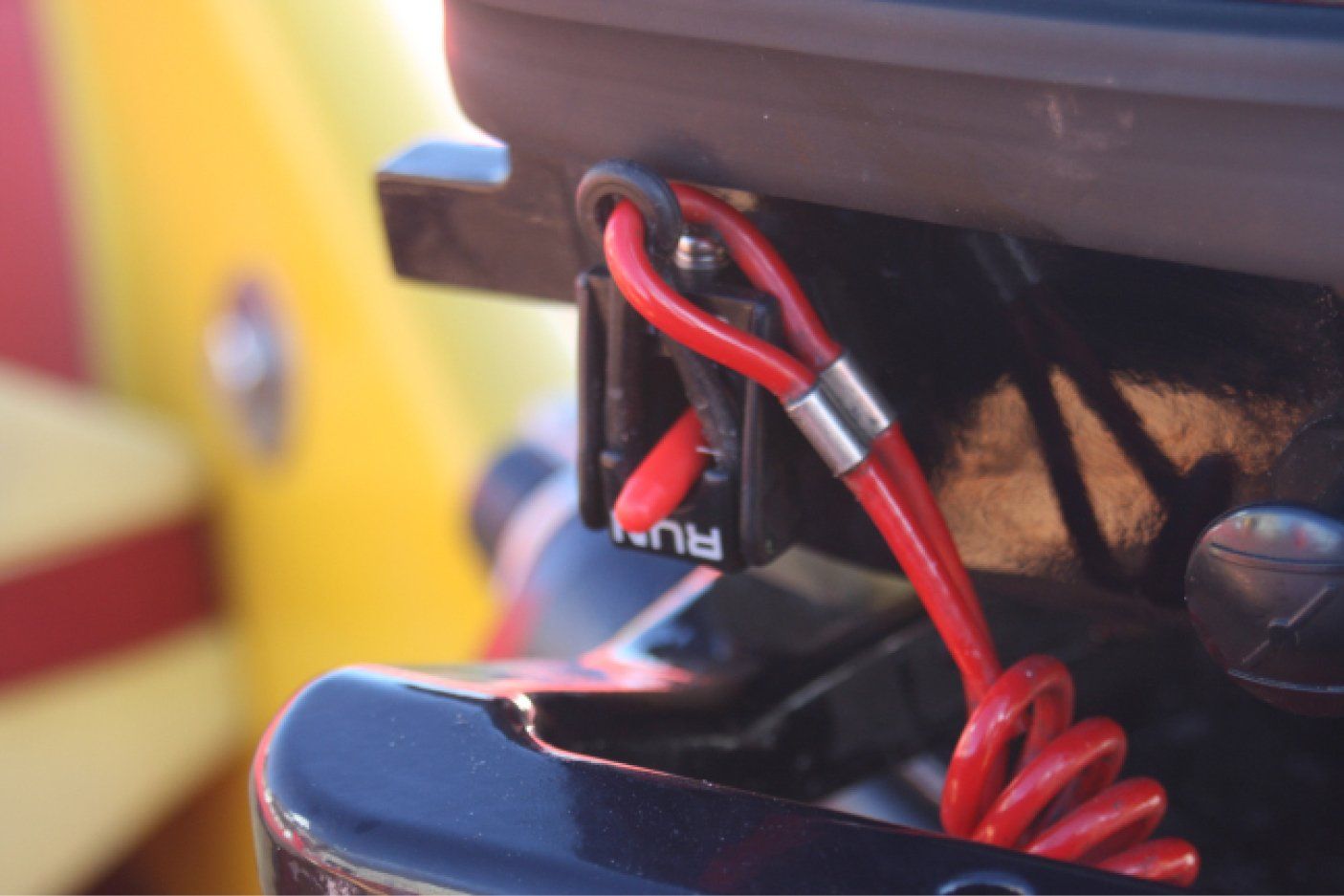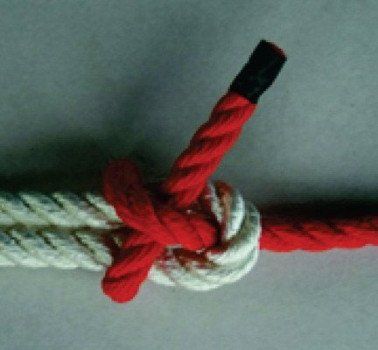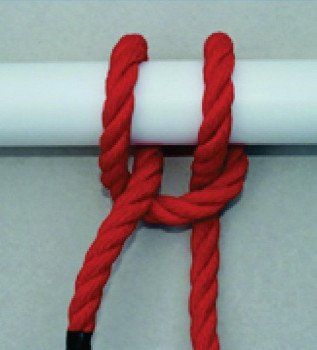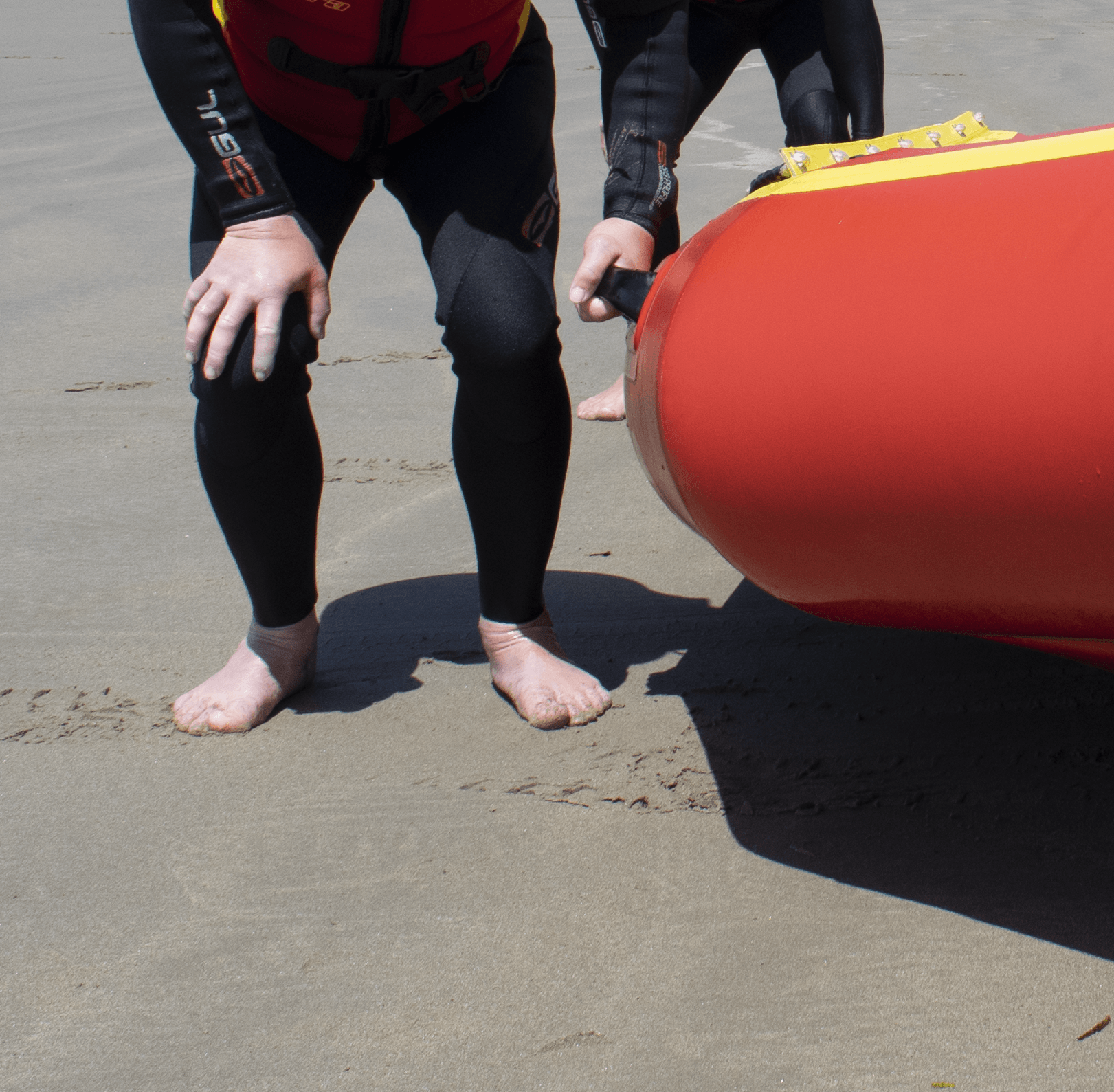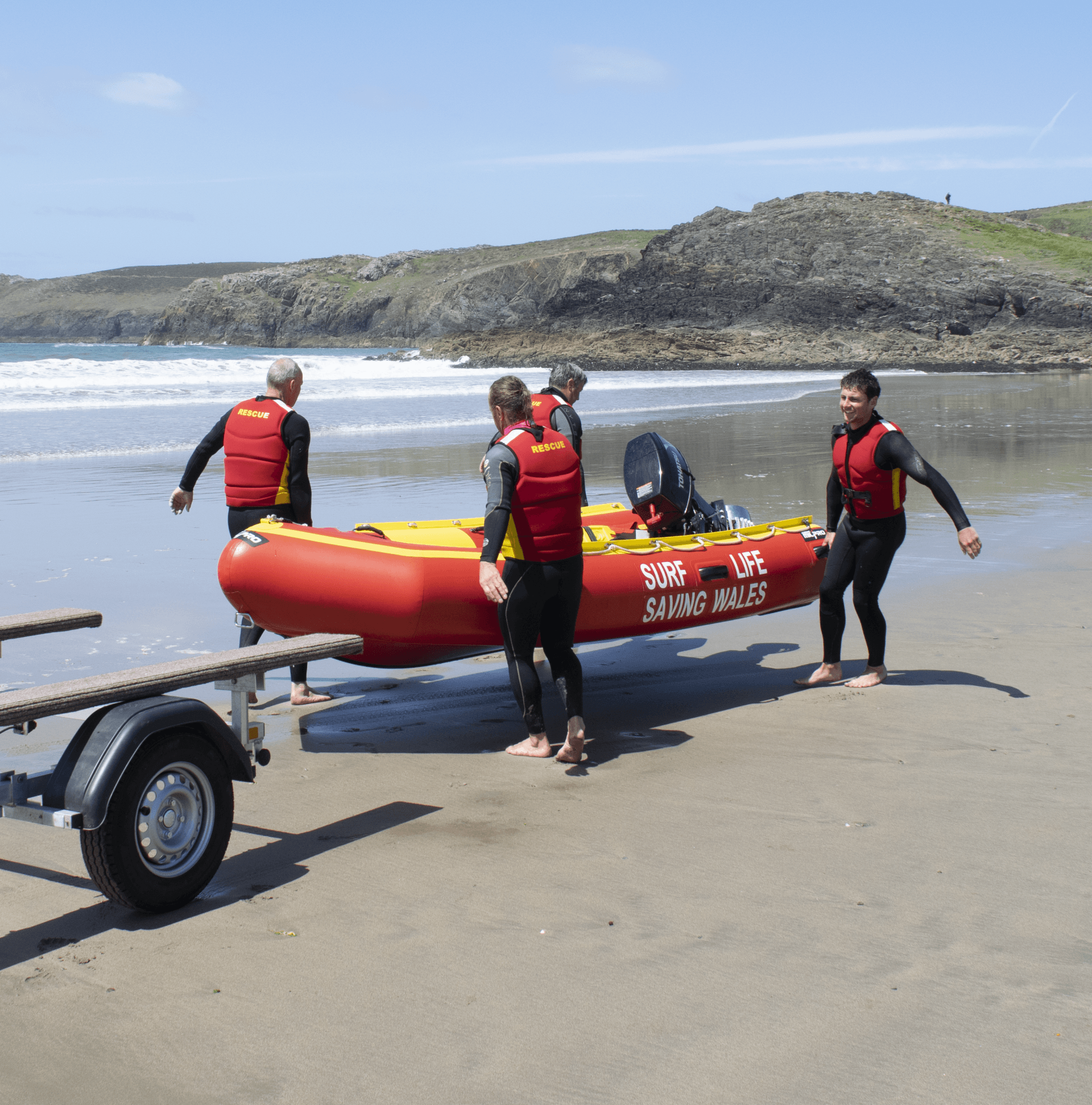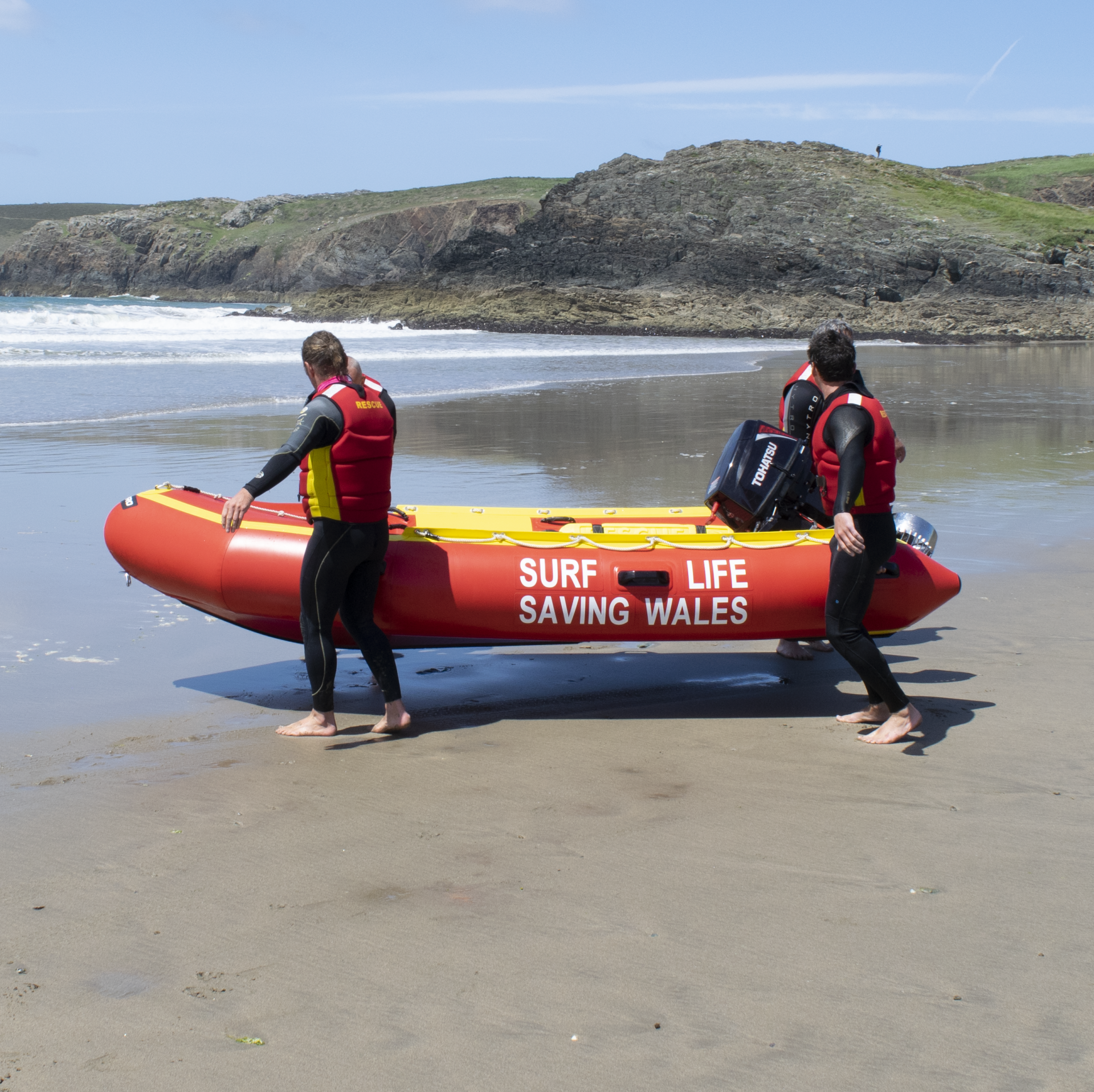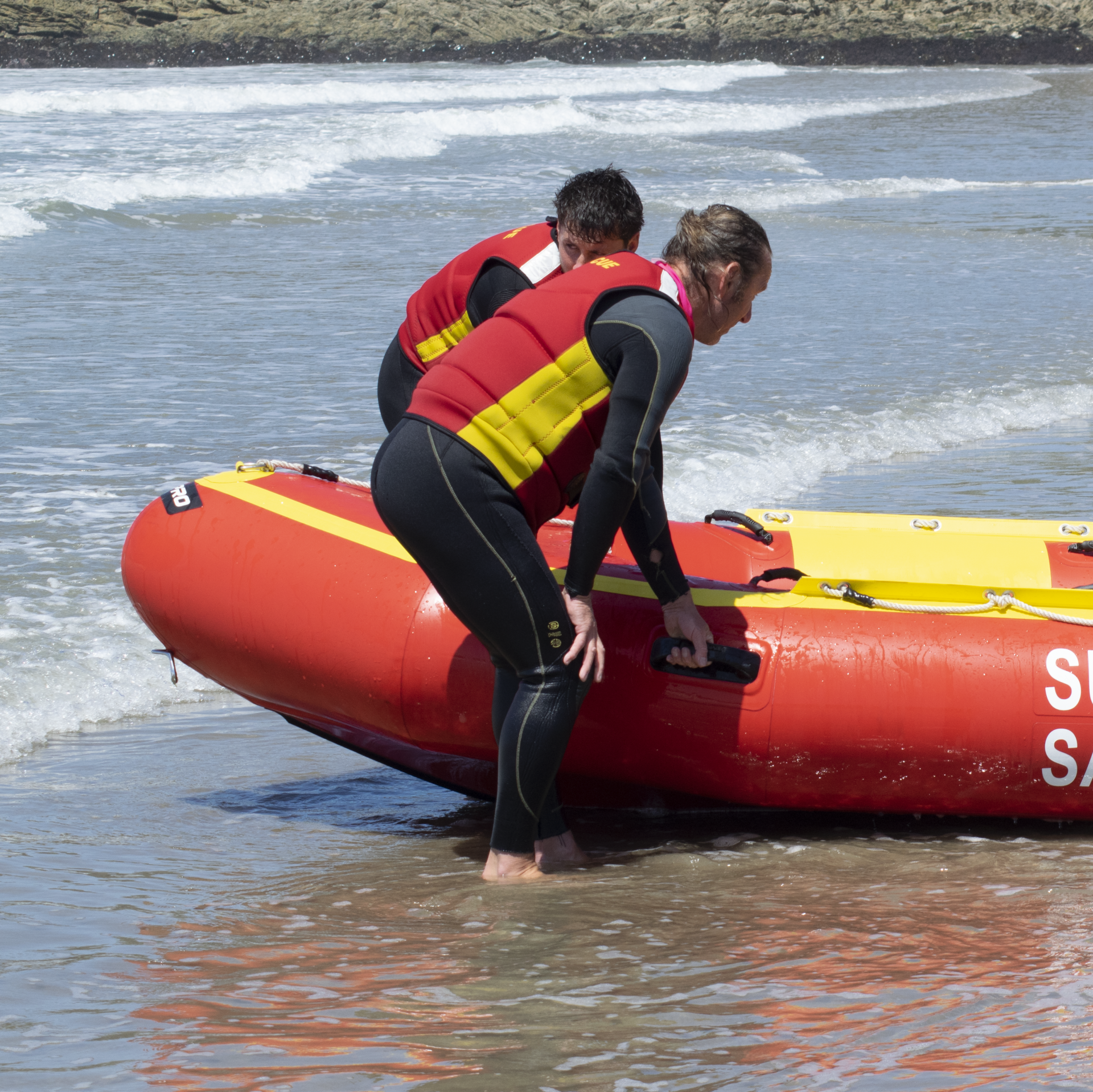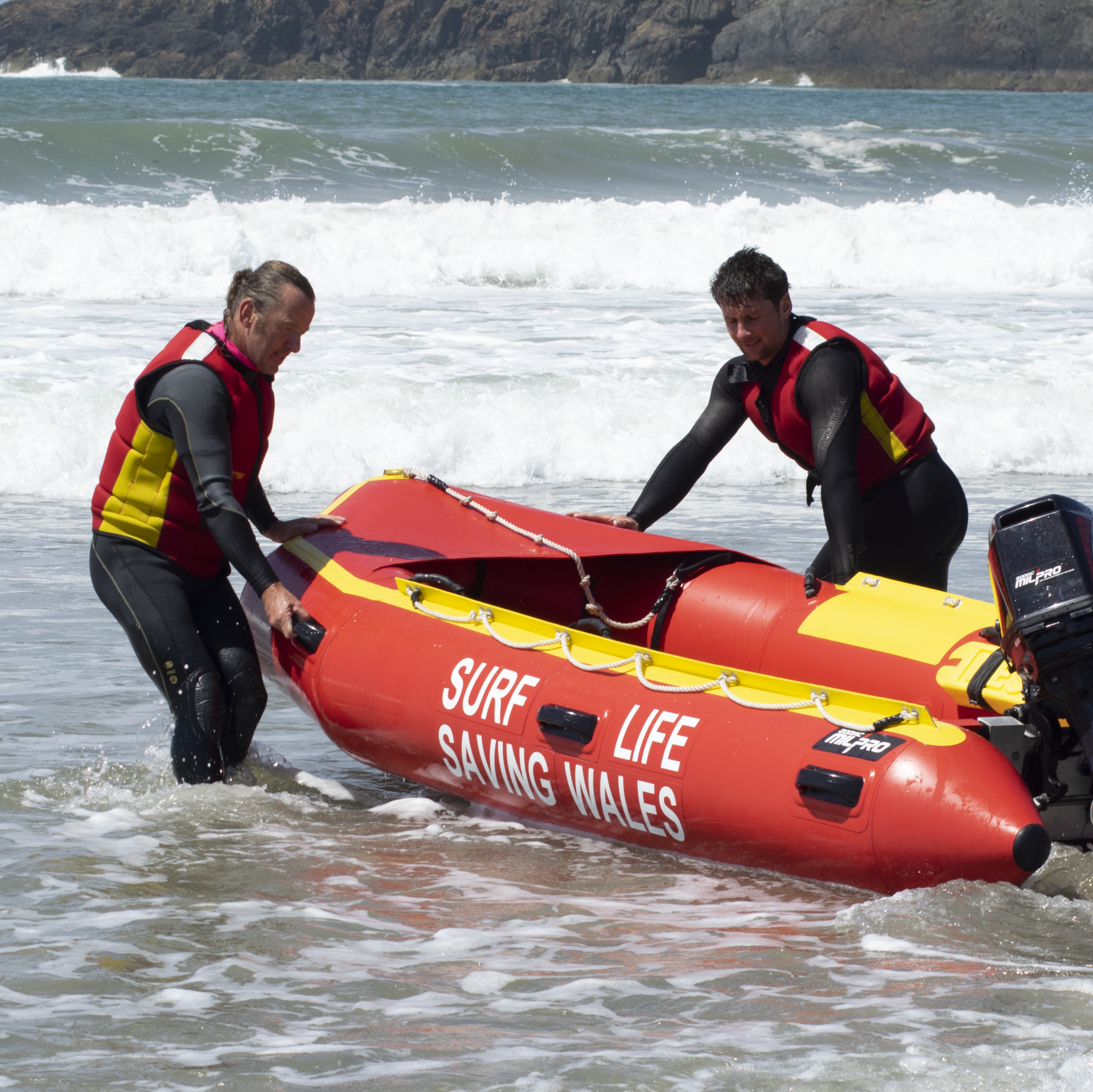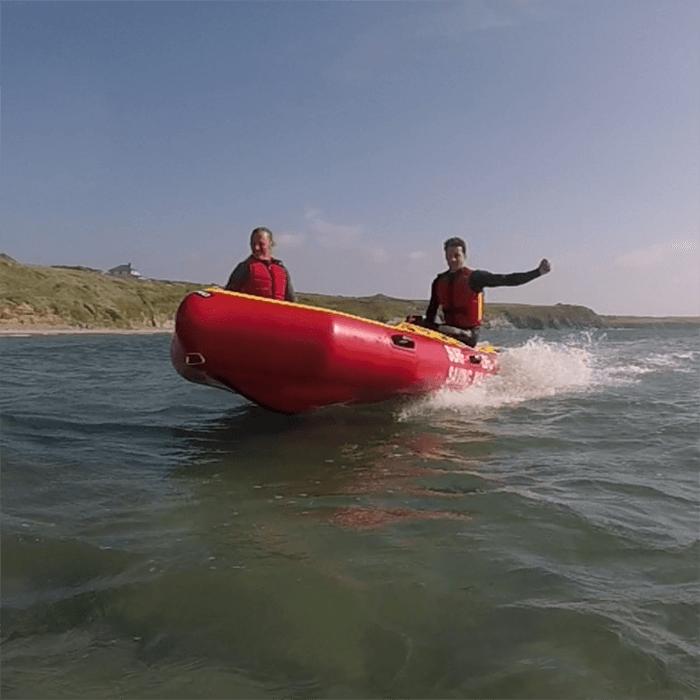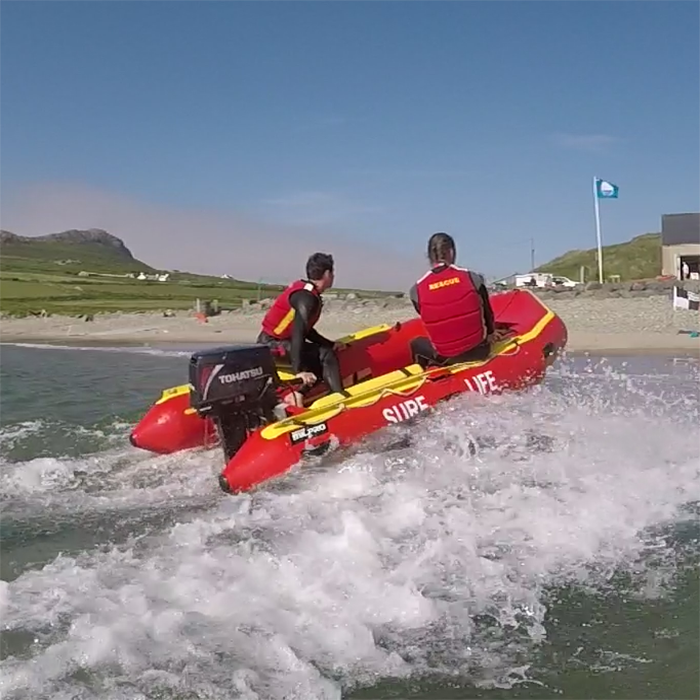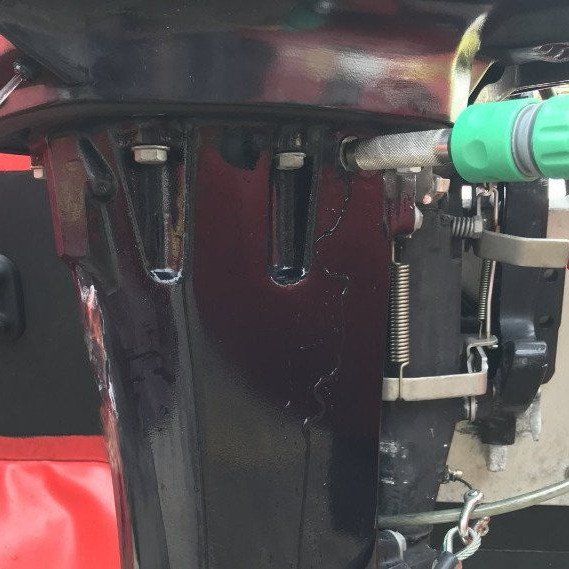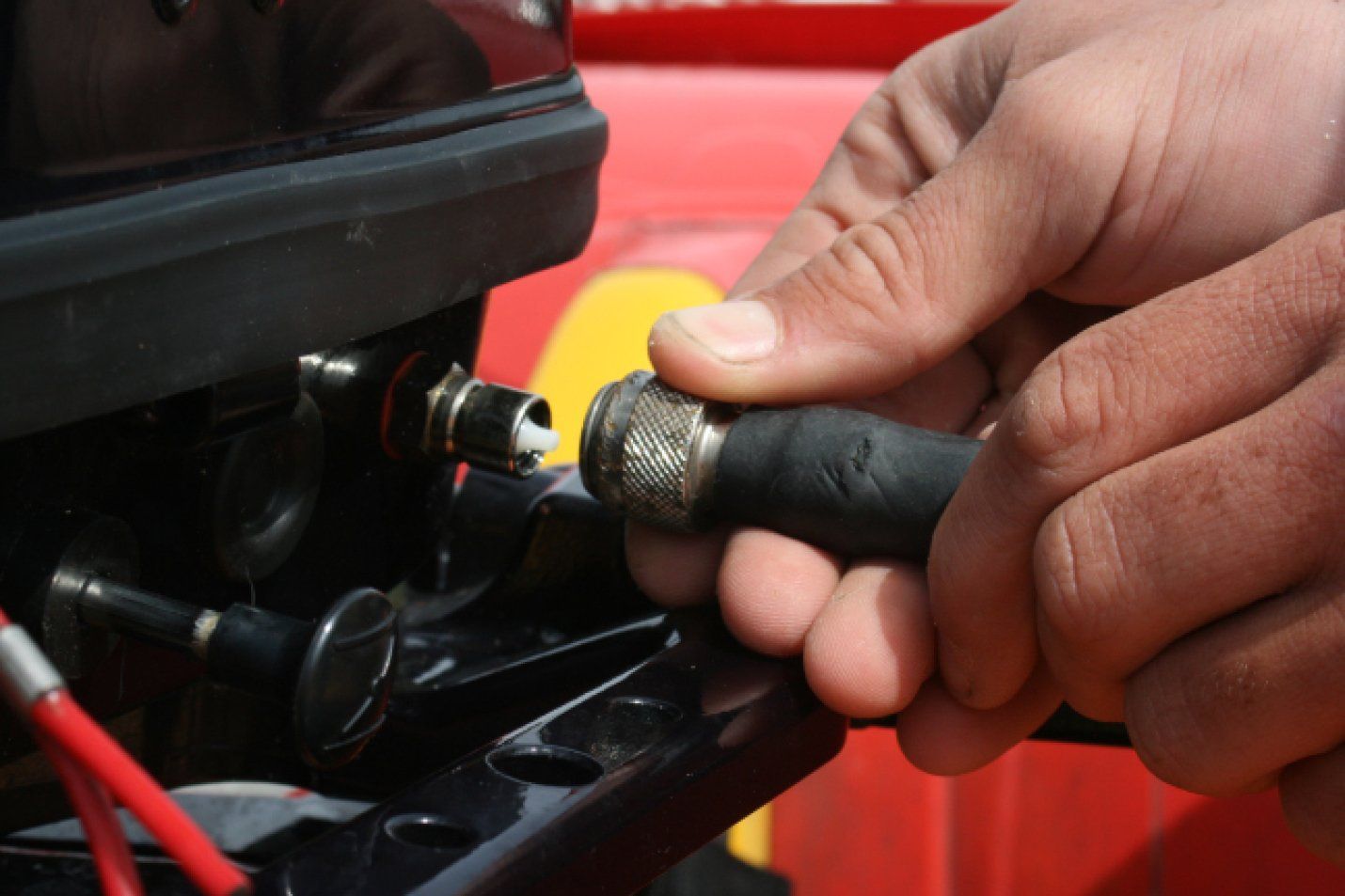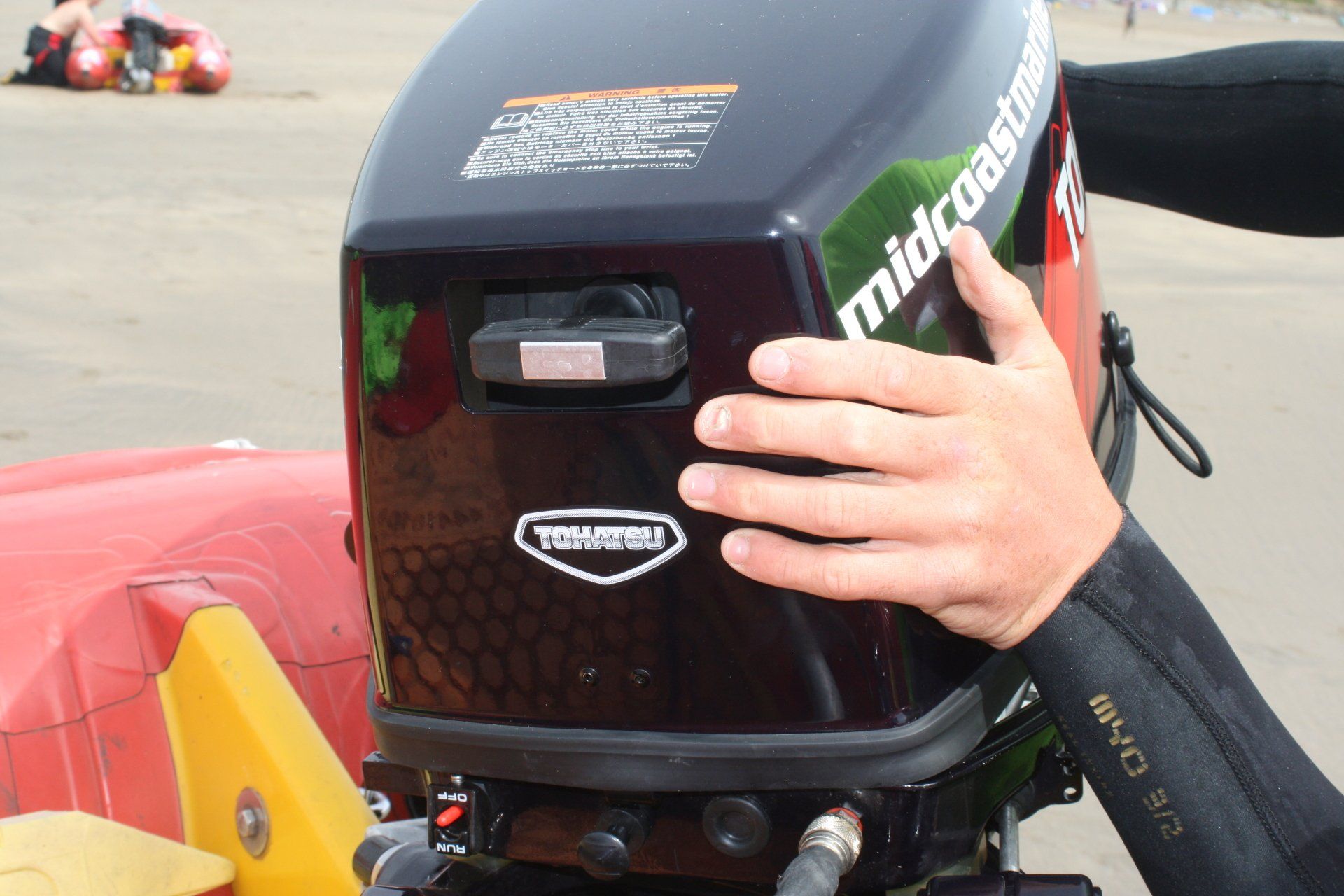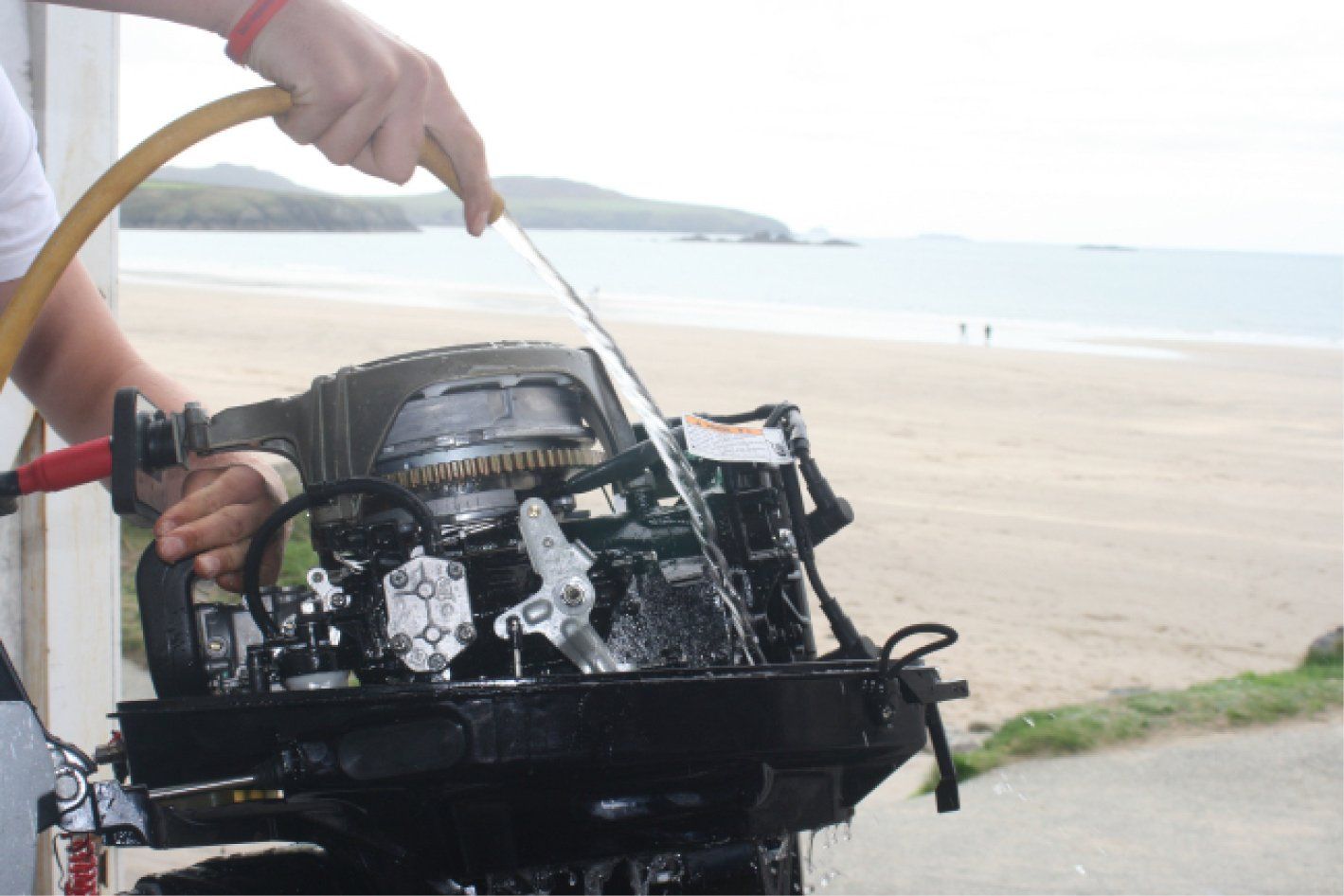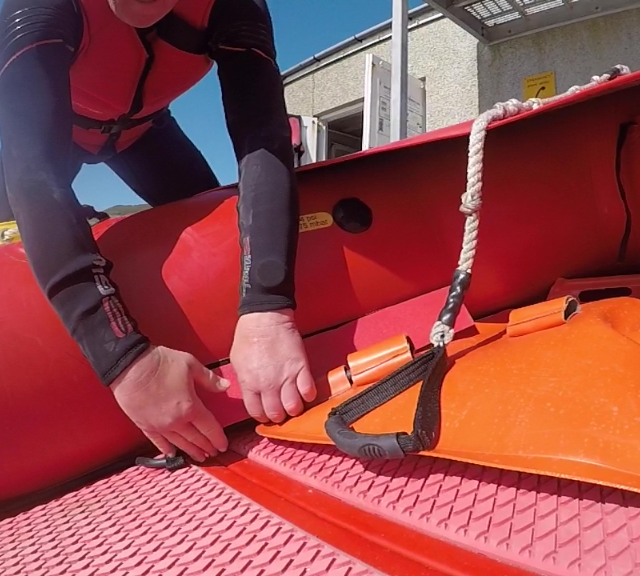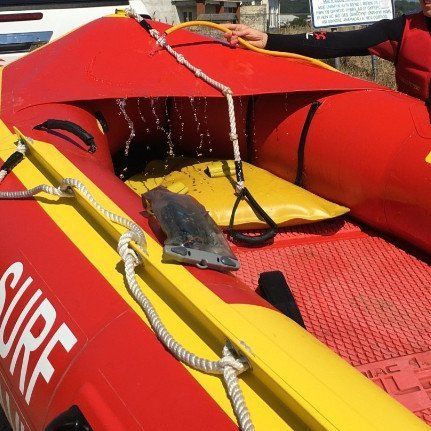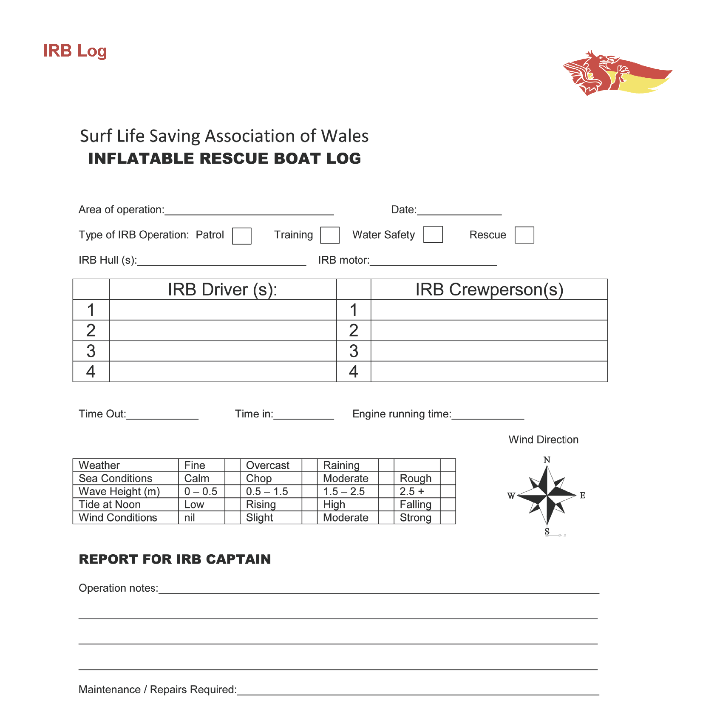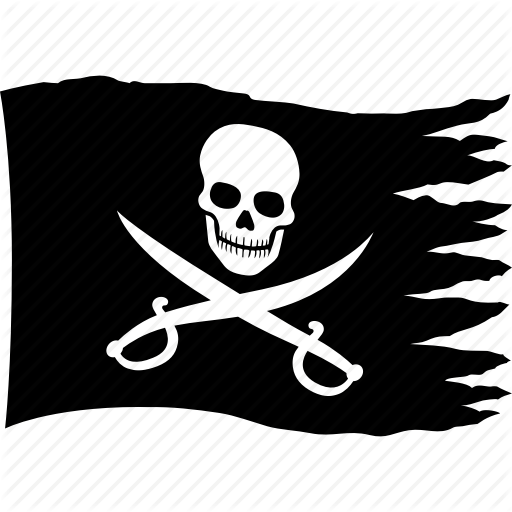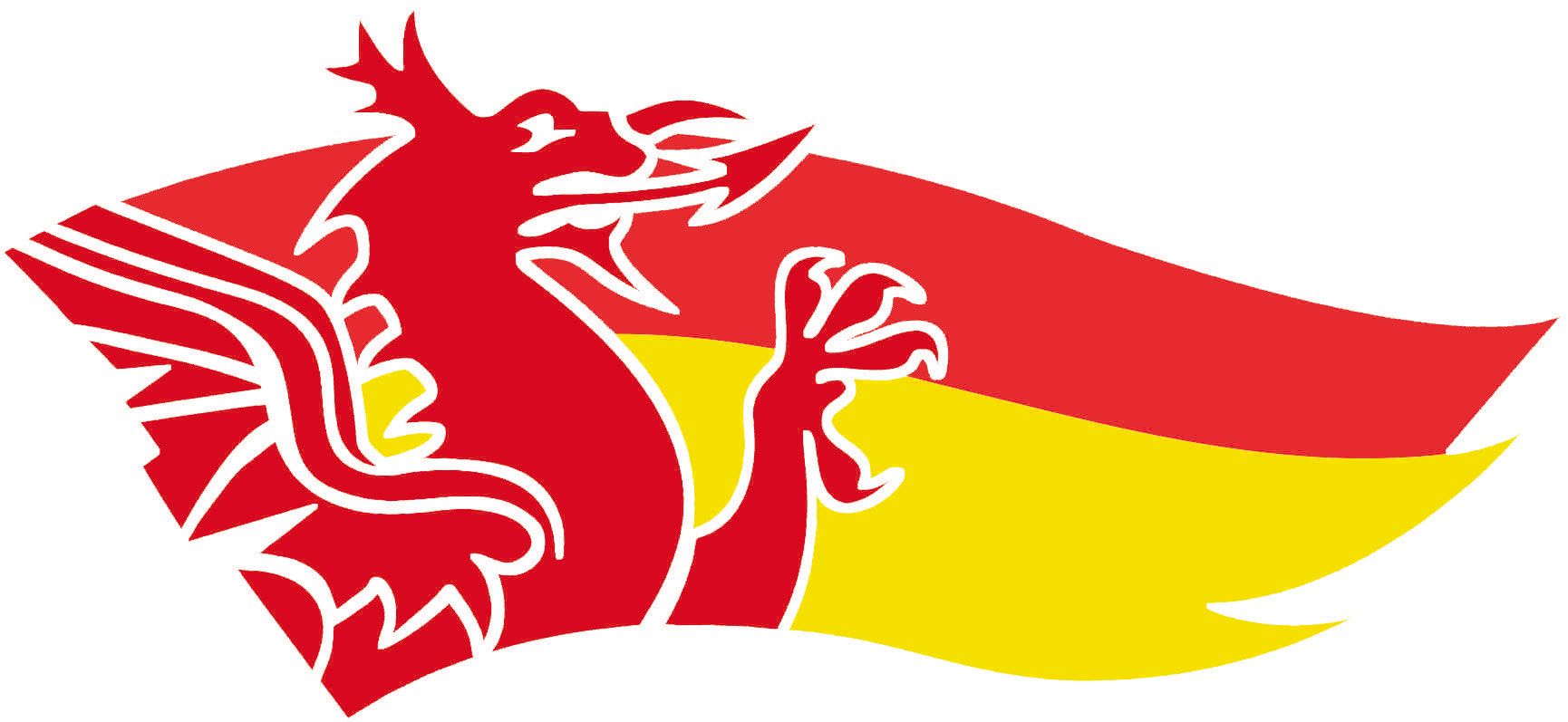How to Lift Heavy Objects Safely:
- Make sure you are standing correctly in position to lift the IRB.
- Know where you are taking the IRB before you begin.
- Position your feet evenly (shoulder width apart).
- Keep your back straight and stand up tall.
- Tighten your stomach muscles.
- Squat to the floor by bending your knees - DO NOT move your upper body.
- Take hold of the handles firmly with your hand.
- Distribute the weight evenly - make sure you are not unbalanced. On the command, Ready-Brace-Lift!
- Keeping the IRB close to your body, begin to stand up by straightening your legs (This will use your leg muscles and shouldn’t put strain on other areas).
- Stand up slowly. Do not move quickly or jerk when doing this.
- You can now walk with the IRB (but be careful not to twist your body unnecessarily). Take small steps if possible.
- On the command, Ready-Brace-Lower!
- When placing the item down, bend your legs.
- Remember to keep your back straight as you bend down again.

